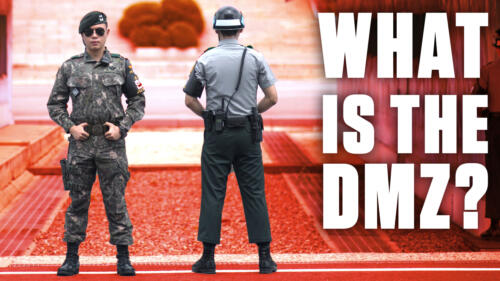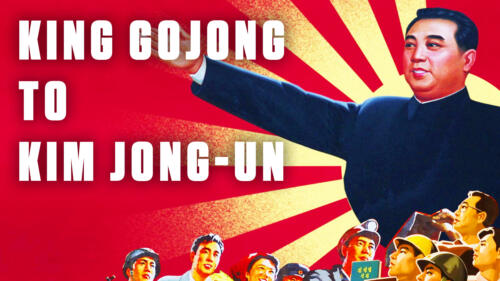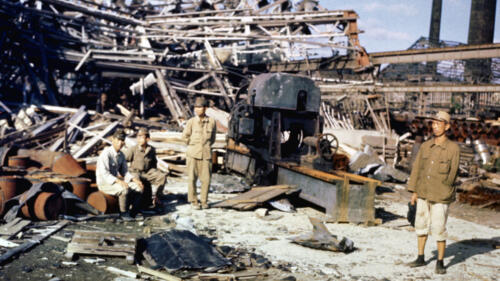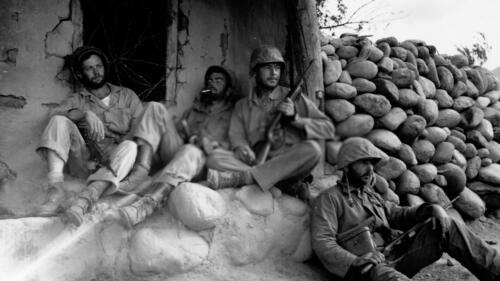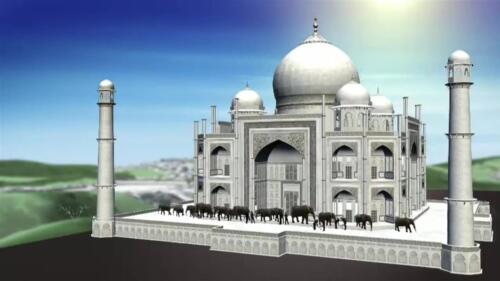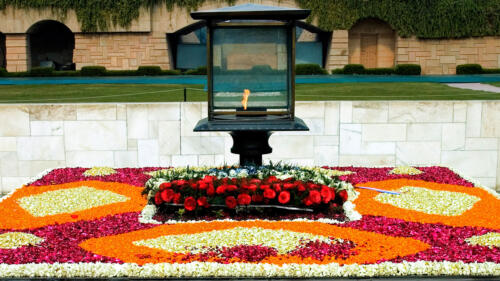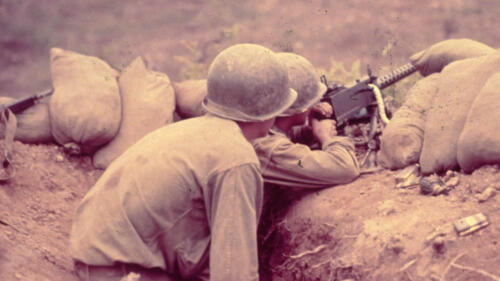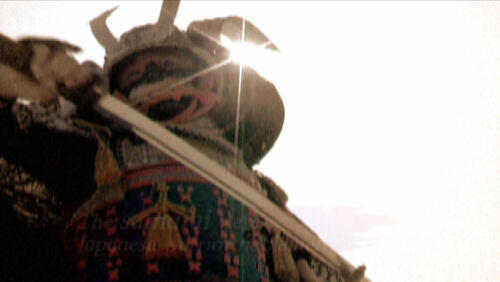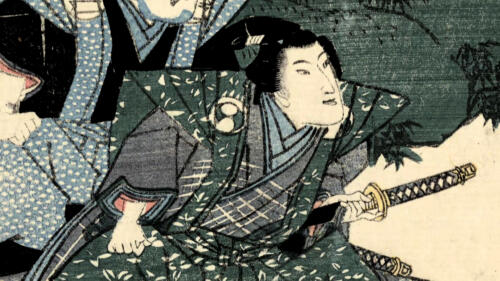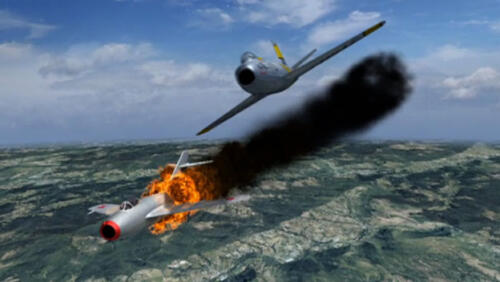Asian History
The continent of Asia, home to the majority of the world's population and countries as diverse as China, South Korea and India, has thousands of years of rich history.
Featured Overview
Historian Yohuru Williams gives a brief recap of the life of Mahatma Gandhi.
1:57m watch

Getty Images
Featured Overview
Historian Yohuru Williams gives a brief recap of the life of Mahatma Gandhi.
1:57m watch
Start Here

China was a vital, but often forgotten, member of the Allies battling Japan—two years before the official start of World War II.

The Mongols were brutal military conquerors, but they also took great interest in spurring intellectual collaboration.

Foods enjoyed during New Year are similar to those eaten throughout the year, but with special emphasis on bringing good fortune.

In March 1930, Mahatma Gandhi and his followers set off on a brisk 241-mile march to the Arabian Sea town of Dandi to lay Indian claim to the nation's own salt.
North Korea
How the Kim Dynasty Took Over North Korea
North Korea hasn’t always been under the totalitarian rule of the Kim regime. Foreign enablers and internal strife have completely reshaped the region over the last 100+ years, transforming a once-peaceful monarchy into the oppressive dictatorship we know today.
5:35 watch
Explore All Related Topics

On March 29, 1974, Chinese farmers digging a well near Xi’an made one of the most spectacular archaeological discoveries of the 20th century.

Much more than just picnics under pretty pink trees, the national pastime of hanami is deeply entwined with the country’s national identity, spiritual beliefs and artistic traditions.

The Cambodian photojournalist survived and then exposed atrocities under the Khmer Rouge.

Ninjas were the ultimate espionage agents in Japan’s feudal skirmishes. Their air of mystery helped them infiltrate contemporary popular culture.

The Mongols were brutal military conquerors, but they also took great interest in spurring intellectual collaboration.

Mahatma Gandhi, the spiritual leader known as the “Great Soul of India,” was assassinated at the age of 78 by Hindu extremist Nathuram Godse on January 30, 1948.

China was a vital, but often forgotten, member of the Allies battling Japan—two years before the official start of World War II.

Armed with swords, bows and arrows, axes and spears, the Trung sisters and their army stormed 65 Chinese-run citadels. They became national heroines.

The Cold War conflict was a civil war that became a proxy battle between the superpowers as they clashed over communism and democracy.

History is full of forgotten conflicts that are commonly overlooked in U.S. history.
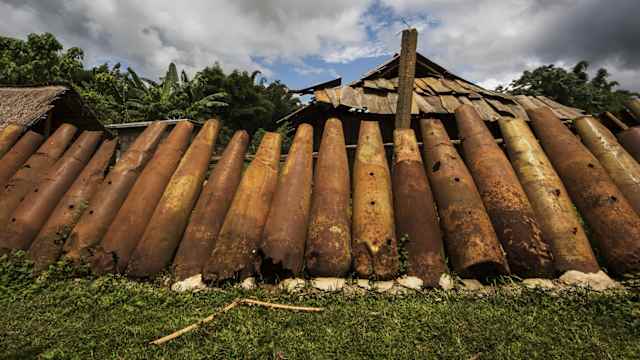
American bombers dropped more than 2 million tons of bombs over the country as part of a covert attempt to wrest power from communist forces.

The arrangement began in 1997 as part of a gradual return of the territory to China from British colonial rule.

Tiananmen Square was the site of a 1989 protest calling for greater freedom. The deadly Chinese government crackdown resulted in the Tiananmen Square massacre.
The 38th parallel is the dangerous line that divides North and South Korea. But what lead to this division and why does it remain one of the most contentious areas in the world?
6:53m watch

For as long as there have been civilized humans, there has been some form of China.

Prisoner exchanges were critical to a ceasefire in the Korean War—but a peace treaty was never signed.
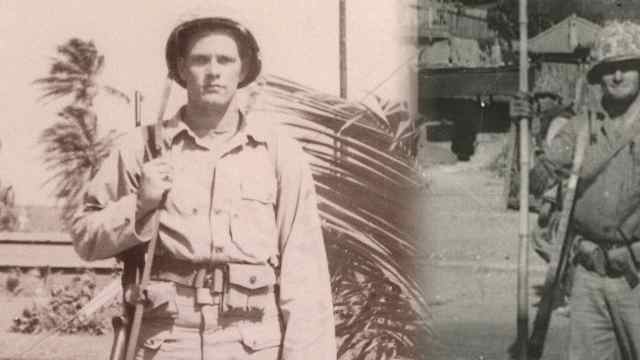
At the Chosin Reservoir, subzero temperatures were much the enemy as communists; frozen bodies were used as sandbags.

The captured crew were beaten and nearly starved in the 1968 incident that almost led to another war—and the ship remains in North Korea.

Tank Man, a protester who tried to stop Chinese tanks moving through Tiananmen Square, has never been identified.
North Korea hasn’t always been under the totalitarian rule of the Kim regime. Foreign enablers and internal strife have completely reshaped the region over the last 100+ years, transforming a once-peaceful monarchy into the oppressive dictatorship we know today.
5:35m watch

For nearly seven decades, the Kim family dynasty has warned the North Korean people that the U.S. is a murderous superpower—and their only chance of survival is nuclear-level readiness for an American attack.

In the Russo-Japanese War, a military conflict between Russia and Japan from 1904 to 1905, Japan crushed the Russians. The Treaty of Portsmouth ended the war.

Between 1910 and 1945, Japan worked to wipe out Korean culture, language and history.

The Taiping Rebellion was a revolt against the Qing dynasty in China, fought from 1850 to 1864 with religious fervor over social and economic conditions.
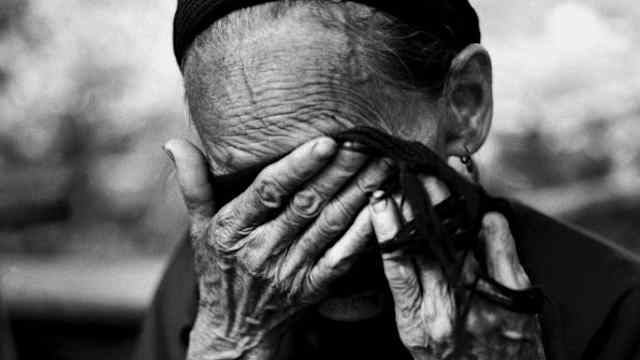
Between 1932 and 1945, Japan forced women from Korea, China and other occupied countries to become military sex slaves.

Why Korea was split at the 38th parallel after World War II.

South Korea, or the Republic of Korea, came into existence in 1948. The East Asian country endured years of military rule before embracing high-tech industries.

North Korea, a secretive communist country that was founded in 1948, has threatened international stability in recent years with an aggressive nuclear program.
After the devastating bombings at Hiroshima and Nagasaki, the leadership of Japanese emperor Hirohito was put to the test.
3:33m watch

The Khmer Rouge was a Cambodian communist military group that took power under the leadership of Pol Pot and ignited the Cambodian Genocide in the late 1970s.
The spread of Communism in Korea led to a battle that was brief yet bloody, and a national divide that exists to this day.
3:44m watch

Master sword fighters are a recurring motif in fiction, but there were also several historical figures who were renowned for their ability to wield a blade with deadly precision. From soldiers and samurai to duelists and expert fencers, take a look back at the adventures of six legendary swordsmen. 1. Miyamoto Musashi—Japan’s Sword Saint The […]

What has two black eyes, a short fuzzy tail, ears that look like pom-poms and can repair international wounds with nothing but their presence?
Historian Yohuru Williams gives a brief recap of the life of Mahatma Gandhi.
1:57m watch
Join historian Yohuru Williams as he gives a quick lesson on the Boxer Rebellion, a violent anti-foreign and anti-Christian uprising that took place in China in the late 19th century.
1:39m watch
Historian Yohuru Williams gives a crash course on the Cultural Revolution led by Communist leader Mao Zedong in China in the 1960s.
1:41m watch

The Cultural Revolution was a Chinese sociopolitical movement from 1966 to 1976 led by Communist Mao Zedong.

The ritual suicide originated in Japan's ancient warrior class.

Meet 10 notables who served in the Korean War.

In March 1930, Mahatma Gandhi and his followers set off on a brisk 241-mile march to the Arabian Sea town of Dandi to lay Indian claim to the nation's own salt.

Explore 10 facts about a great ruler who was equal parts military genius, political statesman and bloodthirsty terror.

It encompasses nine different time zones.

Get the facts on this perpetually overshadowed Cold War clash.

Take a look backward at five Chinese leaders who helped shape the most populous nation on Earth.

The iconic Indian activist, known for his principle of nonviolent resistance, had humble beginnings and left an outsized legacy.
The widespread use of opium in China yielded high profits for British exporters while crippling the Chinese economy, ultimately erupting into the Opium War.
3:08m watch
Originally built by Emperor Shah Jahan to house the tomb his wife, the Taj Mahal remains an architectural marvel of the modern world.
2:38m watch
Thousands gather in New Delhi, India, for the funeral of Mahatma Gandhi, the beloved truth-seeker and nonviolent activist who helped free India from British rule.
2:33m watch
Korean War soldiers returned home to a population that was largely disinterested in the war effort.
2:18m watch
Veteran Sherman Pratt recalls the tough conditions during the Korean War.
2:56m watch
The Samurai were fearsome warriors whose traditions of honor and discipline live on in the study of jujitsu and kendo today.
2:35m watch
Seppuku was a ritual form of suicide used by samurai warriors to avoid surrender or atone for a shameful act. What were their painful final moments really like?
2:29m watch
Get to know Colonel Ralph Parr, one of the greatest jetfighter aces in American history, whose three-decade Air Force career encompassed three wars and five combat tours.
2:23m watch

A look back at some pivotal moments in the complicated relationship between the two superpowers.

The Taj Mahal is an enormous mausoleum complex commissioned in 1632 by the Mughal emperor Shah Jahan to house the remains of his beloved wife. Constructed over a 20-year period on the southern bank of the Yamuna River in Agra, India, the famed complex is one of the most outstanding examples of Mughal architecture.

Mohandas Karamchand Gandhi was leader of India's nonviolent independence movement against British rule. He was revered the world over for his philosophy of passive resistance and was known to his many followers as Mahatma, or “the great-souled one.”

The Demilitarized Zone (DMZ) is a region on the Korean peninsula that demarcates North Korea from South Korea. Roughly following the 38th parallel, the 150-mile-long DMZ incorporates territory on both sides of the cease-fire line as it existed at the end of the Korean War (1950–53).

The Salt March of 1930 was a bold act of nonviolent civil disobedience led by Mohandas Gandhi to protest and put an end to British rule and taxation in India.

The Inch'on Landing, staged in September 1950, enabled American-led U.N. forces to break North Korean supply lines and recapture Seoul early in the Korean War.

The Long March was a year-long retreat by the Communist Red army from Nationalist forces amid a Chinese civil war that fueled Mao Zedong's rise to power.

Pol Pot was a political leader whose communist Khmer Rouge government led Cambodia from 1975 to 1979. During that time, an estimated 1.5 to 2 million Cambodians died of starvation, execution, disease or overwork.

The Meiji Restoration of 1868 toppled Japan’s long-reigning Tokugawa shoguns of the Edo Period as U.S. gunboat diplomacy forced Japan into the modern era.

Mao Zedong led communist forces in China through a long revolution and ruled the People's Republic of China from its formation in 1949 until his death in 1976.

The Rape of Nanjing, or the Nanjing Massacre, was the 1937 sacking of Nanjing by invading Japanese forces during the Second Sino-Japanese War.

Kublai Khan was the grandson of Genghis Khan and the founder of the Yuan Dynasty in 13th-century China. He was the first Mongol to rule over China when he conquered the Song Dynasty of southern China in 1279.

On June 25, 1950, the Korean War began when some 75,000 soldiers from the North Korean People’s Army poured across the 38th parallel, the boundary between the Soviet-backed Democratic People’s Republic of Korea to the north and the pro-Western Republic of Korea to the south. Explore the war's causes, timeline, facts and end.

Jawaharlal Nehru was a leader in the Indian independence movement and fostered economic, social and educational reforms as the country's first prime minister.

In 1966, China’s Communist leader Mao Zedong launched what became known as the Cultural Revolution in order to reassert his authority over the Chinese government. The Cultural Revolution and its tormented and violent legacy would resonate in Chinese politics and society for decades to come.

Indira Gandhi (1917-1984) served as India’s first female prime minister from 1966 to 1977 and again from 1980 until her assassination in October 1984. She garnered widespread public support for agricultural improvements as well as for her success in the Pakistan war. Gandhi was the daughter of former Indian prime minister Jawaharlal Nehru.

Mongol leader Genghis Khan (1162-1227) rose from humble beginnings to establish the largest land empire in history. After uniting the nomadic tribes of the Mongolian plateau, he conquered huge chunks of central Asia and China. His descendants expanded the empire even further, advancing to such far-off places as Poland, Vietnam, Syria and Korea.

The Boxer Rebellion of 1900 was a failed uprising against Japanese and Western influence in China, led by the Society of the Righteous and Harmonious Fists.

Chiang Kai-shek took charge of the Chinese Nationalist Party in 1925, and governed in exile in Taiwan after losing a civil war to Mao Zedong's Communist forces.

Tokugawa Ieyasu was a Japanese warlord who founded the Tokugawa Shogunate in the 17th century and is remembered as one of the country's three great unifiers.

The samurai, who abided by a code of honor and discipline known as bushido, were provincial warriors in feudal Japan before rising to power in the 12th century.

